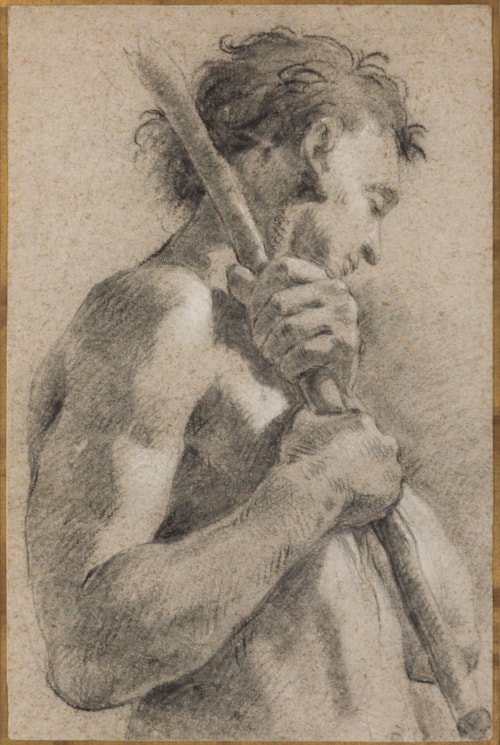
Federico BENCOVICH
Dalmatia or Venice c.1677 - Gorizia 1753
Biography
Born into a noble Croatian family, the painter Federico Bencovich was from around 1695 trained in the studio of the Bolognese painter Carlo Cignani, assisting him on the extensive fresco decoration of the dome of the Cappella della Madonna del Fuoco in the Duomo at Forlì. (Cignani worked on the project for over twenty years and eventually completed the decoration in 1706.) Cignani’s influence is noticeable in Bencovich’s first known independent work; a Juno painted in 1707 for the Palazzo Foschi in Forlí. In 1710 Bencovich went to Venice, where he remained for six years and is credited by some contemporary writers with the introduction of Bolognese visual culture into the local artistic tradition. He did not seem to have obtained much success in Venice, however, despite painting several easel pictures for private clients and at least two works for local churches. It was in Venice that Bencovich met the influential patron Lothar Franz von Schönborn, Prince-Bishop of Mainz, who commissioned four paintings – Hagar in the Desert, The Sacrifice of Iphigenia, Apollo and Marsyas and a Sacrifice of Isaac, all painted between 1715 and 1720 – for Schloss Weissenstein at Pommersfelden. Bencovich moved to Vienna in 1717, and by 1724 was in Milan, from where he supplied altarpieces for churches in Crema, Venice and elsewhere. In 1734 he became court painter to Lothar Franz von Schönborn’s nephew, Friedrich Karl von Schönborn, Prince-Bishop of Würzburg and Bamberg, for whom he painted Biblical scenes for the Residenz and the Hofkirche in Würzburg, which are now lost. Following Schönborn’s death, Bencovich retired to Gorizia in northeastern Italy, where he worked at the Palazzo Attems Petzenstein.


